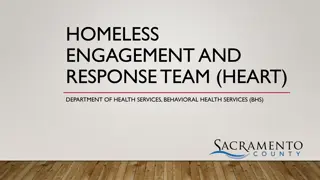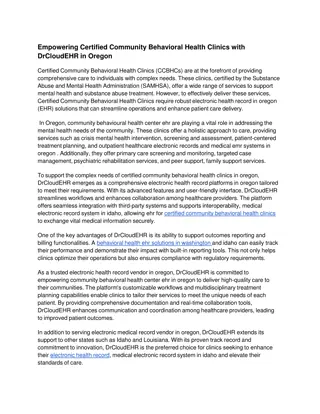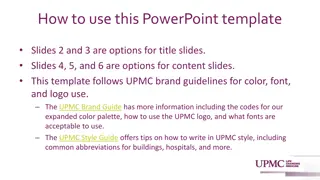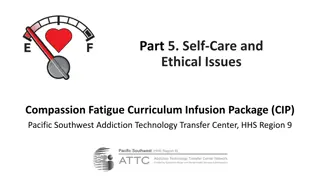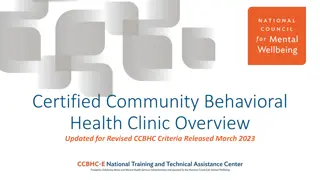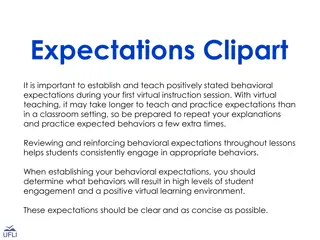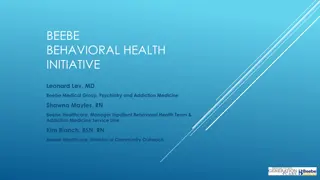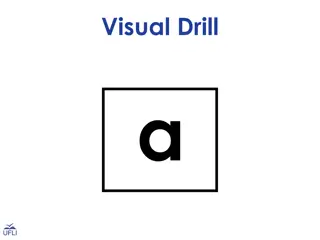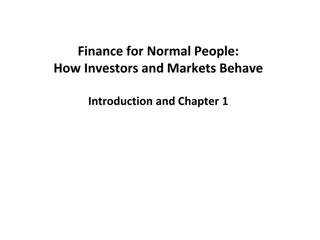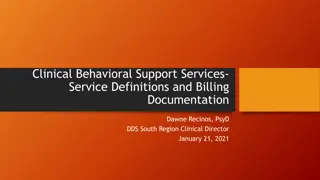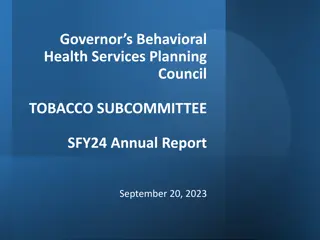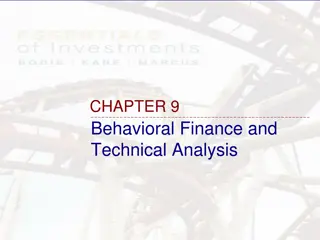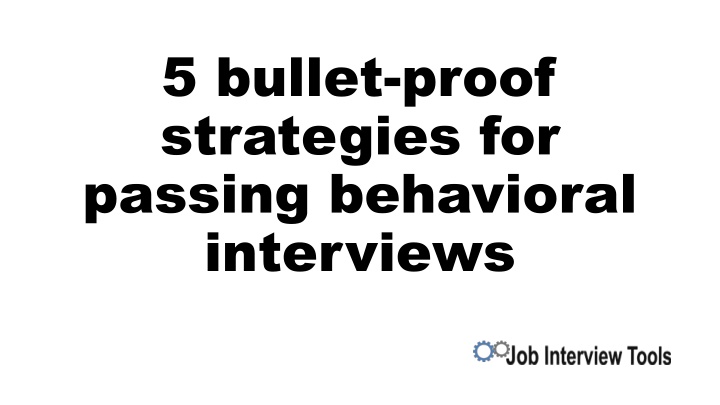
Mastering Behavioral Interviews: Strategies for Success
Learn how to excel in behavioral interviews with these 5 bullet-proof strategies. Understand the importance of listening, choosing industry language, researching buzzwords, and structuring your answers to showcase your core competencies effectively. Get valuable tips to navigate through questions and impress employers.
Download Presentation

Please find below an Image/Link to download the presentation.
The content on the website is provided AS IS for your information and personal use only. It may not be sold, licensed, or shared on other websites without obtaining consent from the author. If you encounter any issues during the download, it is possible that the publisher has removed the file from their server.
You are allowed to download the files provided on this website for personal or commercial use, subject to the condition that they are used lawfully. All files are the property of their respective owners.
The content on the website is provided AS IS for your information and personal use only. It may not be sold, licensed, or shared on other websites without obtaining consent from the author.
E N D
Presentation Transcript
5 bullet-proof strategies for passing behavioral interviews
Employers use behavioral interviews to determine your core competencies.
Not Prepared? What happens?
Listen to the question. Let them finish asking. Repeat it back.
Choose your language. Talk from your industry.
Before the interview, research industry buzz words.
When answers, stick to the basics. - Keeps answers short - Leaves room for follow-up
Review past experience/projects before the interview.
Following these guidelines will help you develop on- point answers and create structure
So lets look at an example
Describe a time when you came up with a creative idea to solve a problem.
I work in our customer service department and over the past year the volume of customer service calls were steadily increasing. Customers were asking us to make all kinds of changes to their accounts that kept us busier than normal. We were getting so many calls that we were getting ready to hire more people to handle the volume.
I didnt feel that hiring more people was the answer because I worked directly with the customer and the changes they were asking us to do could have been done by themselves. But our old website made it difficult for customers to make changes to their account and it was much easier for them to call in and have me do it instead.
I created a plan for a new website that would streamline the customer interface and make it easier for them to make their own account changes. Since I m not a web designer, I could not write the code, but instead I created a high-level model of what our website should look like and the functions it should perform.
I presented my findings and ideas for a new website to our IT department and business manager. Everyone agreed that by implementing these changes with built in video tutorials would make it easier for our customers to manage their own accounts online and reduce the volume of customer service calls
The project took 6 months to complete and I was one of the beta testers. The new website looked fresh and was much more user friendly than before. As a result, customer service calls dropped by 32% and we eliminated the costly need of hiring additional reps. I received an accommodation and a monetary award for my idea.
Give me an example of when you took a risk to achieve a goal. What was the outcome?
My company had a strict policy of pay on delivery. Our client who wanted to purchase a large amount of our products and needed them urgently, but he was unable to pay the full amount when we delivered the product to his warehouse. Our department really needed this sale because it allowed us to make our monthly quota. My client has been with us for over 10 years and never posed a risk to our company before.
After discussing the matter with our accounting department they stuck to corporate policy and decided not to extend payment terms to my client. I went back to my client and he said he would go elsewhere if we could not strike a deal. But he did offer to pay within 3 days. So I decided to take a risk and personally vouch for my client. I told the delivery team to ship the product, but not to ask for payment on delivery. If my client did not pay, I would lose my job, for sure.
After 3 days, my client sent us payment in full, as promised. I told my boss what I did and though he was displeased that I broke company policy, he commended me for the risk. He said it was a good risk to take because that client had been with us for a long time, but the real risk was losing that client to a competitor.





